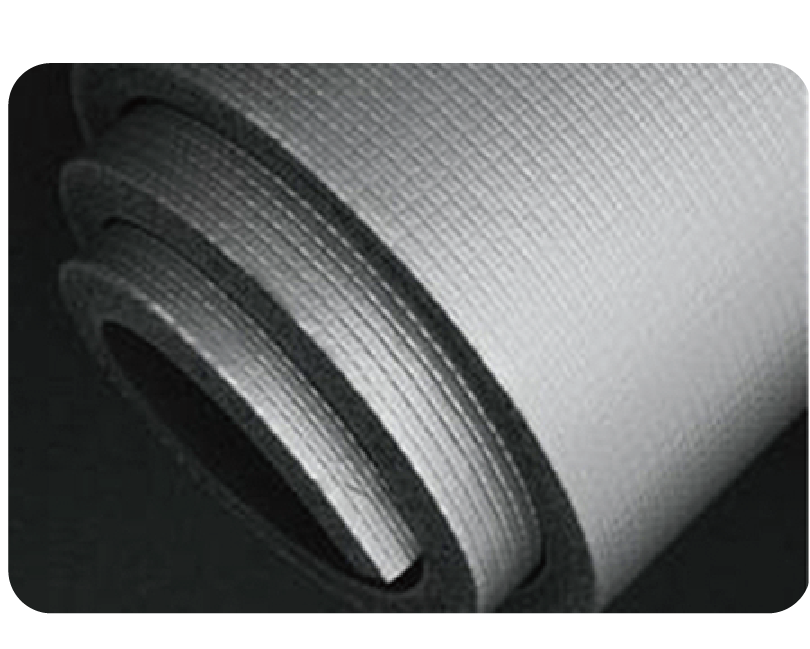

SEARCH
With the continuous development of society, the environmental protection materials used in construction are also constantly innovating. Nowadays, there are many types of building insulation materials, and the emergence of rubber and plastic has become the first choice for environmental protection materials. Rubber and plastic thermal insulation materials are widely used for their high fire resistance, so what is the thermal conductivity of rubber and plastic thermal insulation materials?
Rubber and plastic is an elastic closed-cell foam material. The main raw materials used are high-quality rubber and polyvinyl chloride. Material. It has the advantages of low thermal conductivity, fire and flame retardant, moisture-proof and moisture-proof, shock absorption and noise reduction, environmental protection and health, long service life, clean appearance, and simple construction. It is widely used in central air-conditioning, construction, chemical industry, medicine, textile, metallurgy, shipbuilding, automobile, electrical appliances and other related cold and hot medium pipes or containers for heat preservation and cold preservation, which can achieve the effect of reducing cold loss and heat loss.

Rubber-plastic insulation materials are divided into rubber-plastic pipes and rubber-plastic sheets. When the average temperature is 0 °C, the thermal conductivity of rubber-plastic thermal insulation pipes and sheets does not exceed 0.034w/m?k, and the surface thermal conductivity reaches 9w/m?k. Low thermal conductivity, high surface heat dissipation coefficient, is a new generation of high-quality thermal insulation materials. Under the same environment, the thickness of rubber and plastic is more than half thinner than other thermal insulation materials, which saves a lot of floor ceiling space and increases the available space of the floor. And the moisture permeability is low, the product does not contain fiber dust, and will not breed harmful substances such as mold.
Rubber and plastic thermal insulation materials also have good fire resistance. In case of fire, they have the characteristics of non-combustibility, and the combustion standard has reached the national A-level standard. Under normal circumstances, the maximum temperature of rubber and plastic can reach 180 ℃. The Uetersen zero-grade rubber and plastic with high fire resistance is hot-melted with the PVFM silicon-aluminum structural layer on the surface, and the internal foam structure plays a good role in fire prevention and heat preservation.